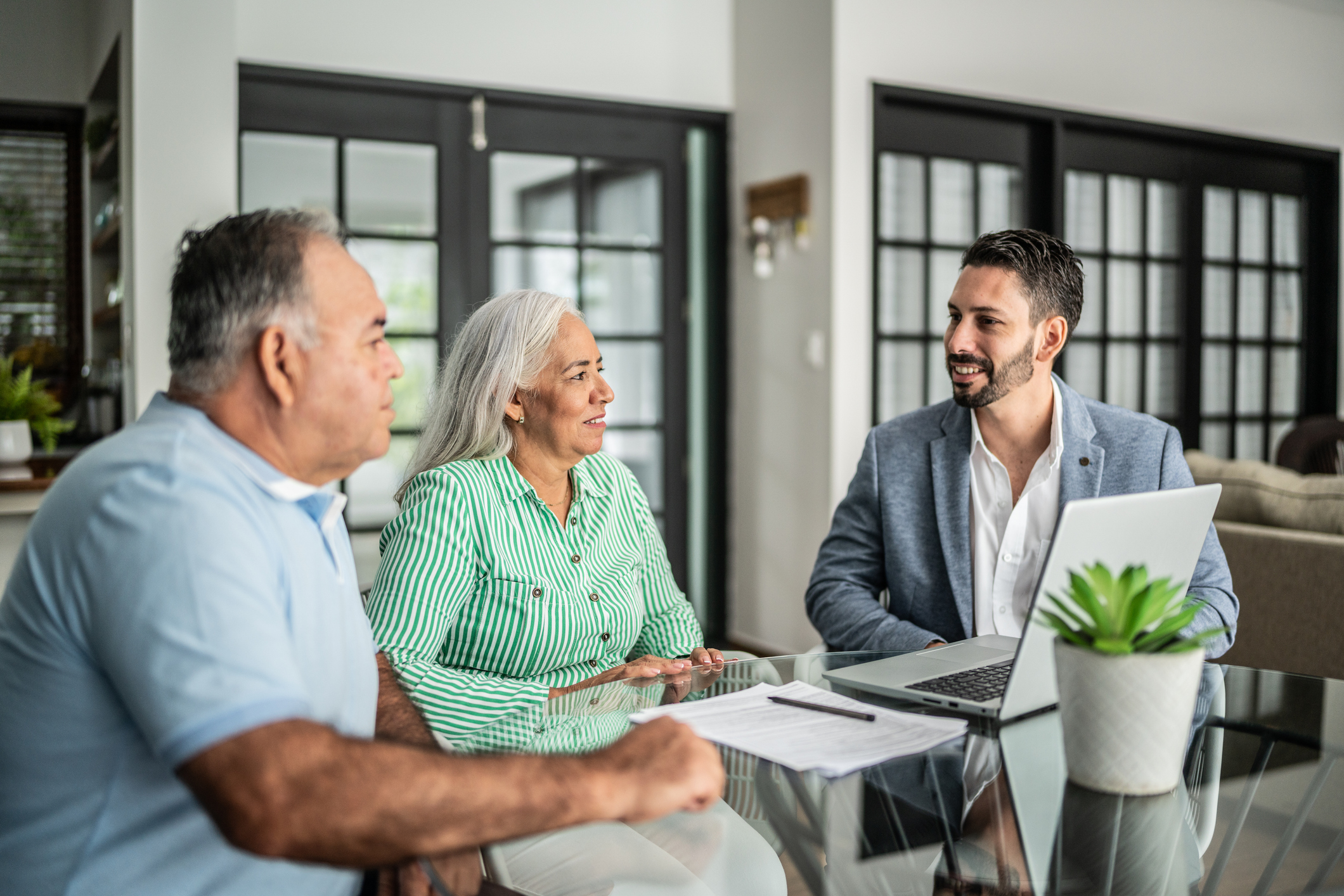Art ‘Investors’: Are You Collecting Art or Merely Decorating?
There’s a difference between the two. Before you buy or sell a piece of art, consider some guidelines on authentication and what might make one piece of art valuable, and another merely a nice complement to your sofa.


My wife, Trish, creates fiber art. She has designed and created hooked rugs, furnishings and wall hangings using materials from wool suits, prom dresses, seashells, utensils and spools.
Her kind of repurposing has long been central to artistic expression. From “objet trouvé” (found art) pieces to Robert Rauschenberg’s Bed (1955) and Andy Warhol’s Coca-Cola (3) (1962), artworks long cherished by collectors have incorporated the ordinary in extraordinary ways.
In fact, art has always defied definition. Every human creation has value to someone, ranging from traditional mediums like ceramics, sculptures and paintings to furniture, jewelry or antique autos. Many attributes can elevate a crafted item you find aesthetically pleasing to great art, but usually, influential art has cultural, historic, sentimental, creative, spiritual and/or derivative value.
From just $107.88 $24.99 for Kiplinger Personal Finance
Become a smarter, better informed investor. Subscribe from just $107.88 $24.99, plus get up to 4 Special Issues

Sign up for Kiplinger’s Free Newsletters
Profit and prosper with the best of expert advice on investing, taxes, retirement, personal finance and more - straight to your e-mail.
Profit and prosper with the best of expert advice - straight to your e-mail.
In addition, it can have great financial value.
Most of us start collecting pieces purchased at art fairs to decorate our homes. Still, we question whether the artists whose work we’re supporting will grow significant and our purchases truly valuable. The current popularity of an artist does not necessarily equate to historical significance, and artists who today are considered wildly influential often toiled in anonymity for long periods of time. Vincent Van Gogh, an incredibly prolific painter who finished about 900 works over a decade, allegedly sold only a single painting before his death. The best advice I’ve heard for collecting came from a sommelier friend: “To truly appreciate wine requires a corkscrew.”
What do you need to know before you buy?
First, some legal considerations. When you purchase artwork from an artist, be aware that the artist retains a legal property-type interest in the proper attribution and integrity of the artwork. The artist has the right to be identified as the creator of the work, and a renowned artist has the right to prevent intentional distortion, modification and destruction of recognized artworks. Also, the creators, or their descendants, often retain all rights to reproduction and copyright, unless you negotiate for those rights when you buy.
When you buy from another collector or a dealer, you naturally assume that you are the true owner. That’s not always true. The proper owner has “title” to the artwork. A work’s provenance includes its custody, transfer and ownership history. You can delay final purchase until an independent expert researches the work’s provenance. You should seek a complete record of all the known transferors and transferees in much the same way as transfers of land are recorded. Your “title” to any artwork you buy is only effective if the provenance of the artwork is clear and every past transfer was a bona fide transaction by a seller with a clear title. Even a Certificate of Authenticity does not necessarily provide you with a right to damages if a work of art is later discovered to be inauthentic.
The true owner of a lost/stolen artwork may have superior title to even a good-faith purchaser, regardless of how much time has passed. Your only recourse to recover damages for a purchase of stolen art may be against the dealer/seller. If you have recorded the artwork’s provenance and bibliography, and it supports a public chain of title, then the true owner’s claim may be weakened. This is not an issue when you purchase from the artist directly.
How can you enhance and protect an artwork’s value?
- Document the artist’s credentials, training, notable exhibits and influential sales.
- Record the artwork’s general description, its title, origination date, dimensions, materials used, condition, distinguishing features, inscriptions and markings, purchase price, documented value/appraisal, and obtain any certification of authenticity.
- Create or obtain a bibliography: a compilation of citations and mentions in print and social media. A large and thorough bibliography for the artist, your purchase and any related pieces, will help document the artist’s cultural influence.
Most homes aren’t suitable to store artwork that incorporates pigments, resins, oils, plant and nut extracts, fiber, paper, wood and plastics that decay or decompose naturally over time. These elements may deteriorate faster in sun or artificial light, at room temperature, under normal humidity, and from common household dust, mites and other contaminants. Investigate how to protect your art by interviewing the artist and doing some research. Strongly consider whether you can afford the expense of housing, insuring and protecting an expensive art find before you buy.
Finally, be a trendsetter. The artwork that challenges you, is provocative, inspires an emotional response or incorporates the highest form and talent in its expression has the greatest likelihood of weathering the cruel transience of human desire. Consider Marcel Duchamp’s Fountain (1917). Even bad taste is superior to no taste at all.
Profit and prosper with the best of Kiplinger's advice on investing, taxes, retirement, personal finance and much more. Delivered daily. Enter your email in the box and click Sign Me Up.

Timothy Barrett is a Senior Vice President and Trust Counsel with Argent Trust Company. Timothy is a graduate of the Louis D. Brandeis School of Law, past Officer of the Metro Louisville Estate Planning Council and the Estate Planning Council of Southern Indiana, Member of the Louisville, Kentucky, and Indiana Bar Associations, and the University of Kentucky Estate Planning Institute Committee.
-
 CD Maturing Soon? Here's What to Do Next
CD Maturing Soon? Here's What to Do NextThese strategies of what to do when you have a CD maturing soon will have you maximizing returns even with rate cuts.
-
 How to Make 2026 Your Best Year Yet for Retirement Savings
How to Make 2026 Your Best Year Yet for Retirement SavingsMake 2026 the year you stop coasting and start supercharging your retirement savings.
-
 You Saved for Retirement: 4 Pressing FAQs Now
You Saved for Retirement: 4 Pressing FAQs NowSaving for retirement is just one step. Now, you have to figure out how to spend and maintain funds. Here are four frequently asked questions at this stage.
-
 I'm a Financial Planning Pro: This Is How You Can Stop These 5 Risks From Wrecking Your Retirement
I'm a Financial Planning Pro: This Is How You Can Stop These 5 Risks From Wrecking Your RetirementYour retirement could be jeopardized if you ignore the risks you'll face later in life. From inflation to market volatility, here's what to prepare for.
-
 Are You Hesitating to Spend Money You've Spent Years Saving? Here's How to Get Over It, From a Financial Adviser
Are You Hesitating to Spend Money You've Spent Years Saving? Here's How to Get Over It, From a Financial AdviserEven when your financial plan says you're ready for a big move, it's normal to hesitate — but haven't you earned the right to trust your plan (and yourself)?
-
 Time to Close the Books on 2025: Don't Start the New Year Without First Making These Money Moves
Time to Close the Books on 2025: Don't Start the New Year Without First Making These Money MovesAs 2025 draws to a close, take time to review your finances, maximize tax efficiency and align your goals for 2026 with the changing financial landscape.
-
 Is Fear Blocking Your Desire to Retire Abroad? What to Know to Turn Fear Into Freedom
Is Fear Blocking Your Desire to Retire Abroad? What to Know to Turn Fear Into FreedomCareful planning encompassing location, income, health care and visa paperwork can make it all manageable. A financial planner lays it all out.
-
 How to Master the Retirement Income Trinity: Cash Flow, Longevity Risk and Tax Efficiency
How to Master the Retirement Income Trinity: Cash Flow, Longevity Risk and Tax EfficiencyRetirement income planning is essential for your peace of mind — it can help you maintain your lifestyle and ease your worries that you'll run out of money.
-
 I'm an Insurance Expert: Sure, There's Always Tomorrow to Report Your Claim, But Procrastination Could Cost You
I'm an Insurance Expert: Sure, There's Always Tomorrow to Report Your Claim, But Procrastination Could Cost YouThe longer you wait to file an insurance claim, the bigger the problem could get — and the more leverage you're giving your insurer to deny it.
-
 Could a Cash Balance Plan Be Your Key to a Wealthy Retirement?
Could a Cash Balance Plan Be Your Key to a Wealthy Retirement?Cash balance plans have plenty of benefits for small-business owners. For starters, they can supercharge retirement savings and slash taxes. Should you opt in?
-
 7 Retirement Planning Trends in 2025: What They Mean for Your Wealth in 2026
7 Retirement Planning Trends in 2025: What They Mean for Your Wealth in 2026From government shutdowns to market swings, the past 12 months have been nothing if not eventful. The key trends can help you improve your own financial plan.